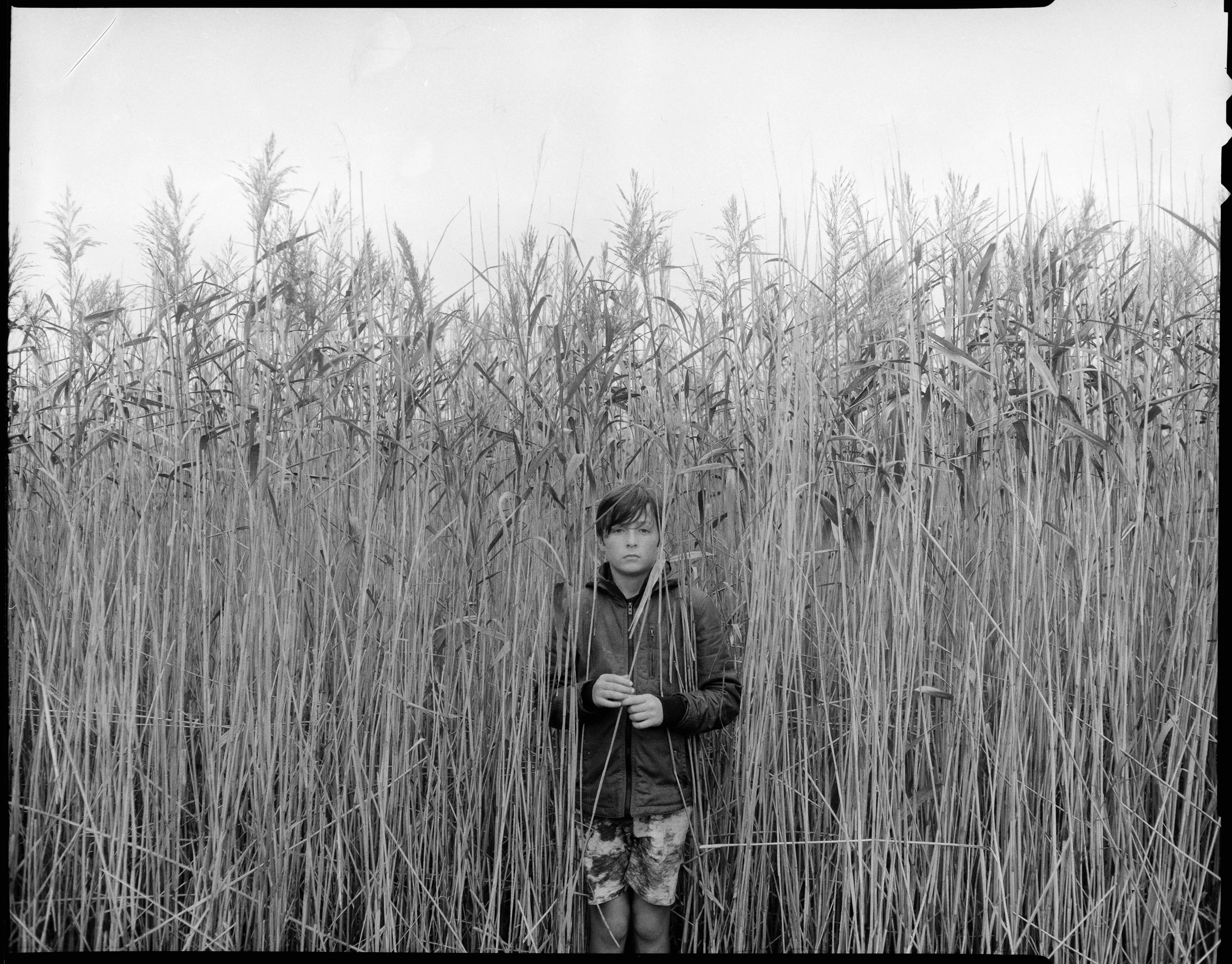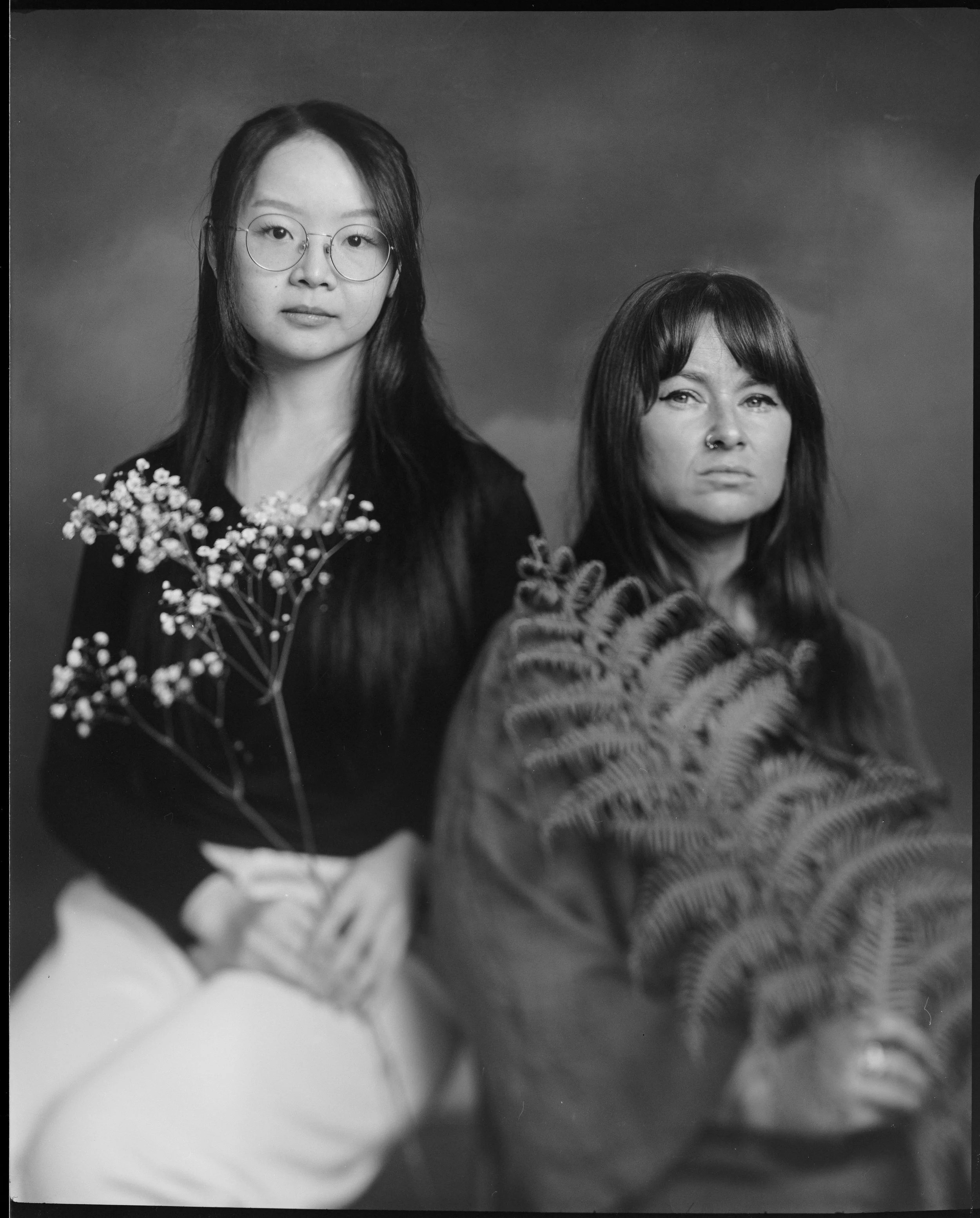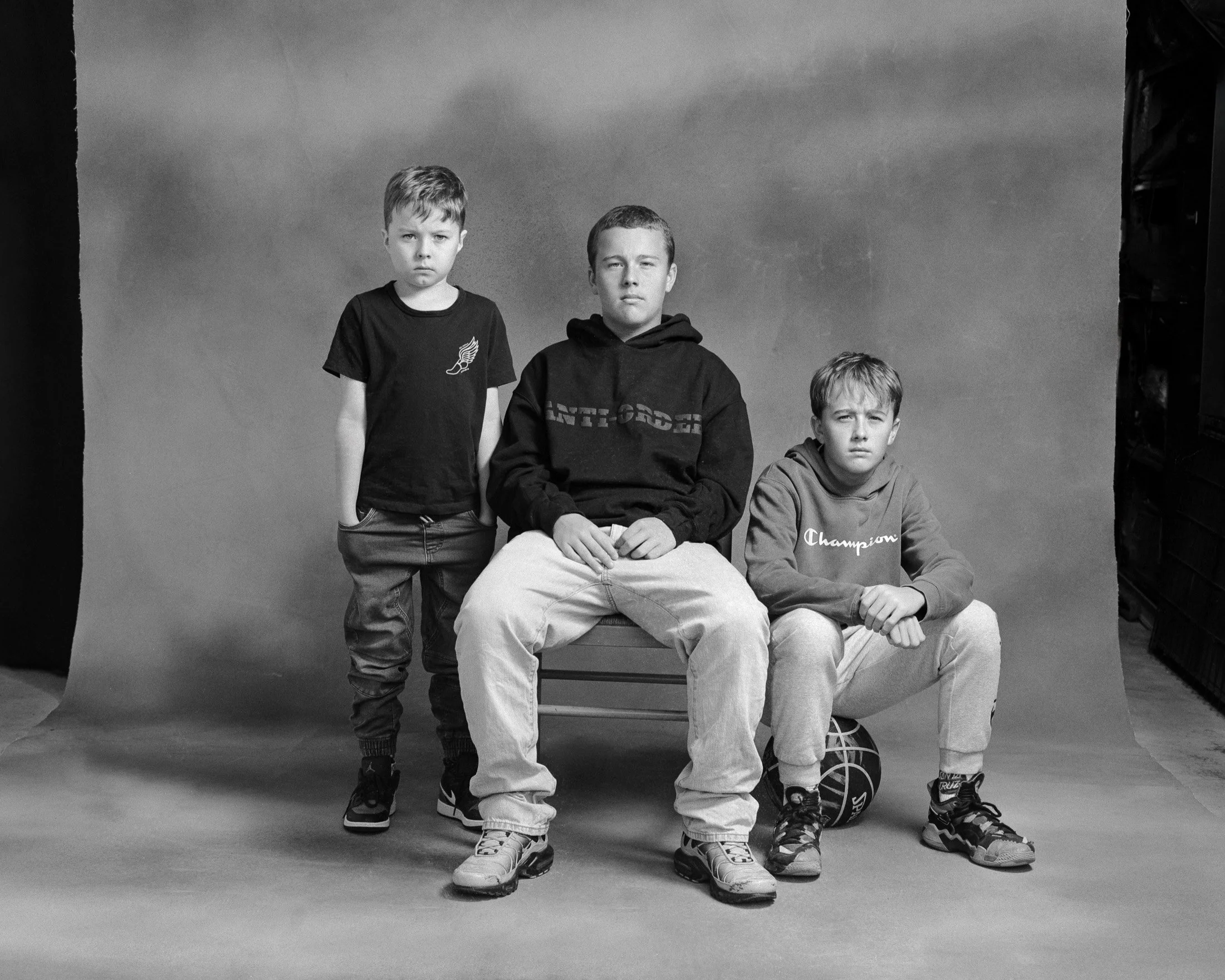The Quiet Craft of Large-Format Portraiture
Large-format portraiture isn’t just a photographic technique—it’s a practice that allows me to slow down, breathe, and really see the world around me. While my work spans a range of formats, from the immediacy of digital to the intimacy of smaller analogue cameras, there’s something uniquely grounding about the process of working with large format that I continually find myself returning to.
I never set out to make large format the only way I work. In fact, I still find great joy in working with smaller formats and digital photography, each of which has its own strengths. But there’s a rhythm and slowness to large format that I can’t quite get from any other medium. It’s a bit like stepping into another world—one that demands patience, attention, and presence. And in a world that is always on the move, that’s something I cherish.
The Ritual of the Process
The process of using a large-format camera is slow, deliberate. It’s not something you can rush through. The camera itself is massive, a far cry from the pocket-sized digital tools we’re used to, and it requires a kind of focus and care that most other formats don’t. It forces me to work differently—not just in terms of technical setup, but in how I engage with my subject.
I take time to connect, to ask questions, to let the moment unfold. And in that time, there’s a deeper conversation happening, not just with the subject, but with myself. Every shot requires attention, every exposure is a moment of stillness that builds a kind of trust between the person in front of the lens and the image being made. It’s an act of paying close attention, and it’s one of the most fulfilling parts of the process.
Not Perfection, But Presence
What I love most about working with large format isn’t the idea of capturing a perfect image—far from it. There’s something inherently imperfect about the medium. The grain of the film, the slight shifts in focus, the unpredictability of the exposure—all of these quirks add to the feeling of authenticity in each portrait. The medium allows me to embrace what’s natural, what’s real, rather than striving for a flawless shot. And in that sense, large-format photography mirrors what I value most in the people I photograph—their realness, their honesty, the quiet complexities that make them who they are.
The process is also about relinquishing control. You can’t rush it. You can’t tweak it on the fly in the same way you can with digital. It’s a different kind of freedom, one where the time it takes and the imperfections that emerge make the image feel more human.
The Space Between Digital and Analog
Though large-format photography holds a special place in my practice, it doesn’t replace the other forms I use. Digital photography offers a sense of immediacy, a kind of flexibility I still appreciate. And the smaller analog formats, with their more compact nature, have a spontaneity that large format can’t match. Each medium brings something different to the table. They’re not competing; they complement one another.
Large format, for me, exists as an alternative way to engage with the world. It’s a slower, more reflective choice in a world that often prizes speed. But that slowness is something I embrace. It reminds me of the importance of taking the time to really look, to really engage with the people I’m photographing, and to embrace the beauty of the moment, no matter how fleeting or imperfect it might be.
A Personal Practice
Ultimately, working with large format is about more than just creating portraits—it’s about a personal practice. It’s an alternative approach that provides a counterbalance to the speed of digital and the immediacy of the smaller formats I use. It’s a practice of seeing, of slowing down, and of remembering that sometimes, the most meaningful things in life require time and patience to reveal themselves.
And for me, that’s what makes it worth it.





